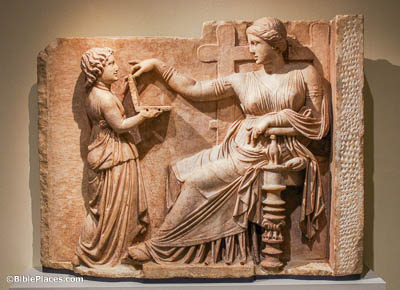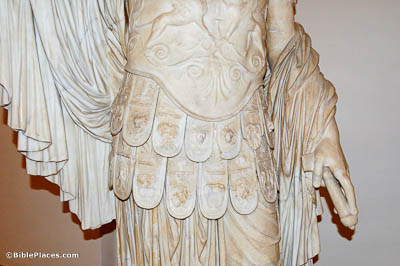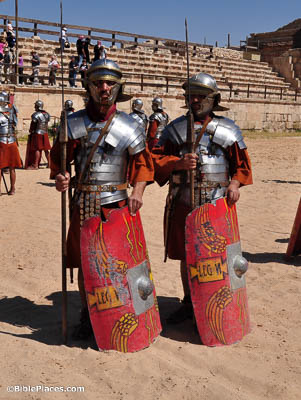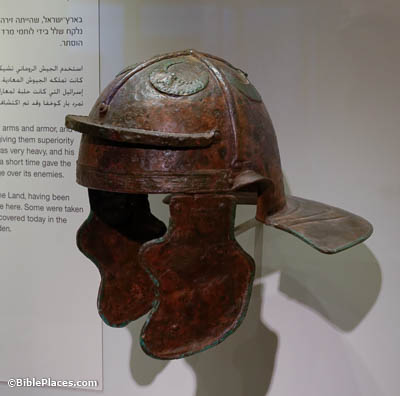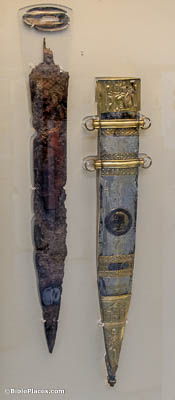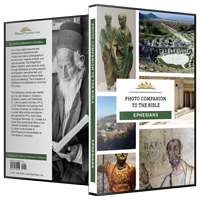Honor your father and mother—which is the first commandment with a promise (Ephesians 6:2).
The commandment cited here by Paul is one of the Ten Commandments (Exod 20:1-17); as noted by Paul, it is unique in that it comes with a promise of blessing if it is obeyed. These modern tablets were photographed at the tabernacle reconstruction at Timna Park in southern Israel.

